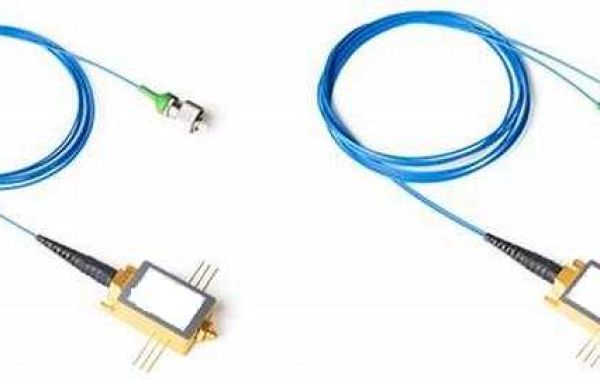InGaAs balanced photodetectors, such as NEON’s HPPD-Ku, have become pivotal in advancing optical communications and remote sensing due to their precise differential signal detection. Unlike standard photodetectors, balanced models utilize two photodiodes to enhance detection accuracy by amplifying differential signals and reducing noise, such as laser source intensity variations. This noise reduction is essential for fields where interference can compromise data accuracy, such as secure communications and environmental sensing.
NEON's HPPD-Ku employs unique features, including low-noise TIAs and a dual-board isolation manufacturing process, which minimizes thermal interference and phase drift. These enhancements allow the device to achieve a higher signal-to-noise ratio (SNR) and a more accurate signal output. By focusing solely on differential signals, NEON’s design helps ensure that even in low-light or noisy environments, accurate readings are achieved, which is crucial for tasks like spectroscopy, LIDAR, and quantum communications.
For applications demanding high sensitivity, such as medical imaging and atmospheric analysis, balanced photodetectors are invaluable. NEON's advancements offer a high SNR, ensuring clear data transmission and accurate optical measurements. As optical and communication industries advance, the demand for reliable, noise-resistant photodetection solutions like NEON’s balanced photodetectors will continue to grow, meeting stringent performance needs across a variety of technological applications.







